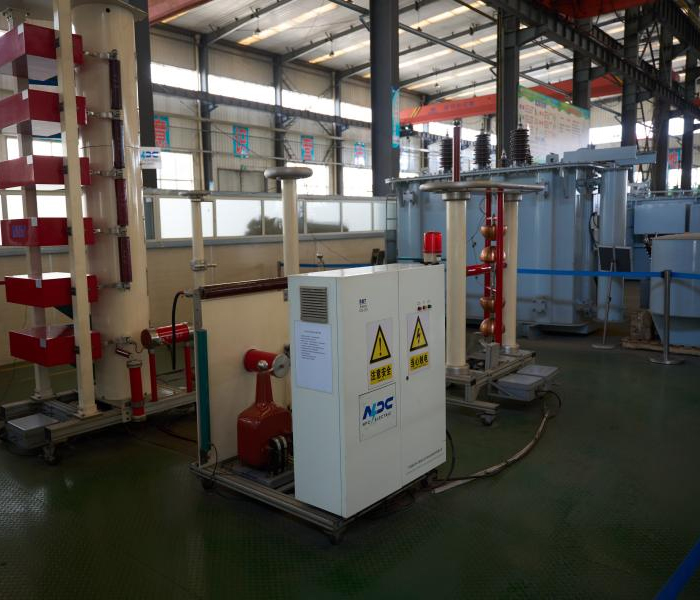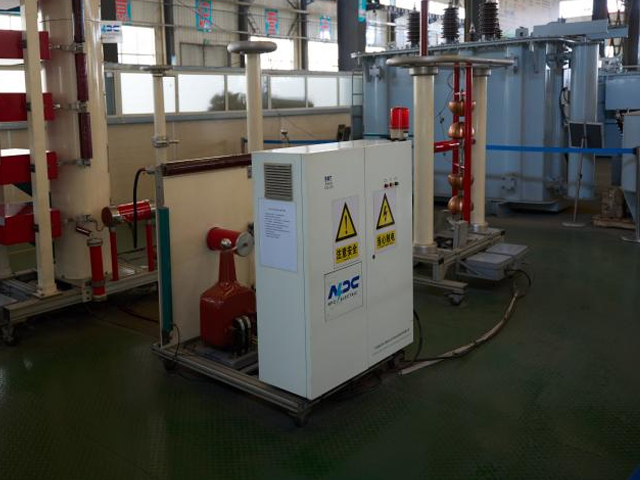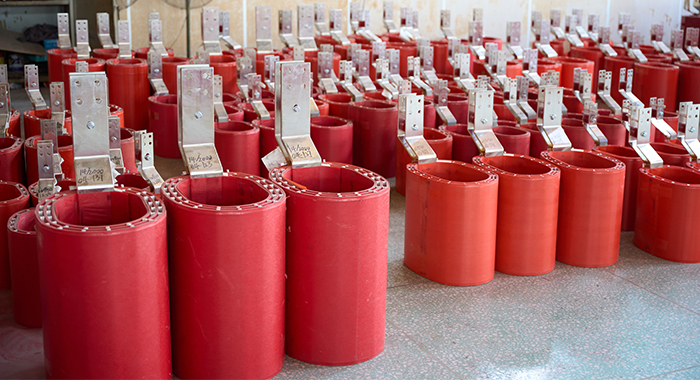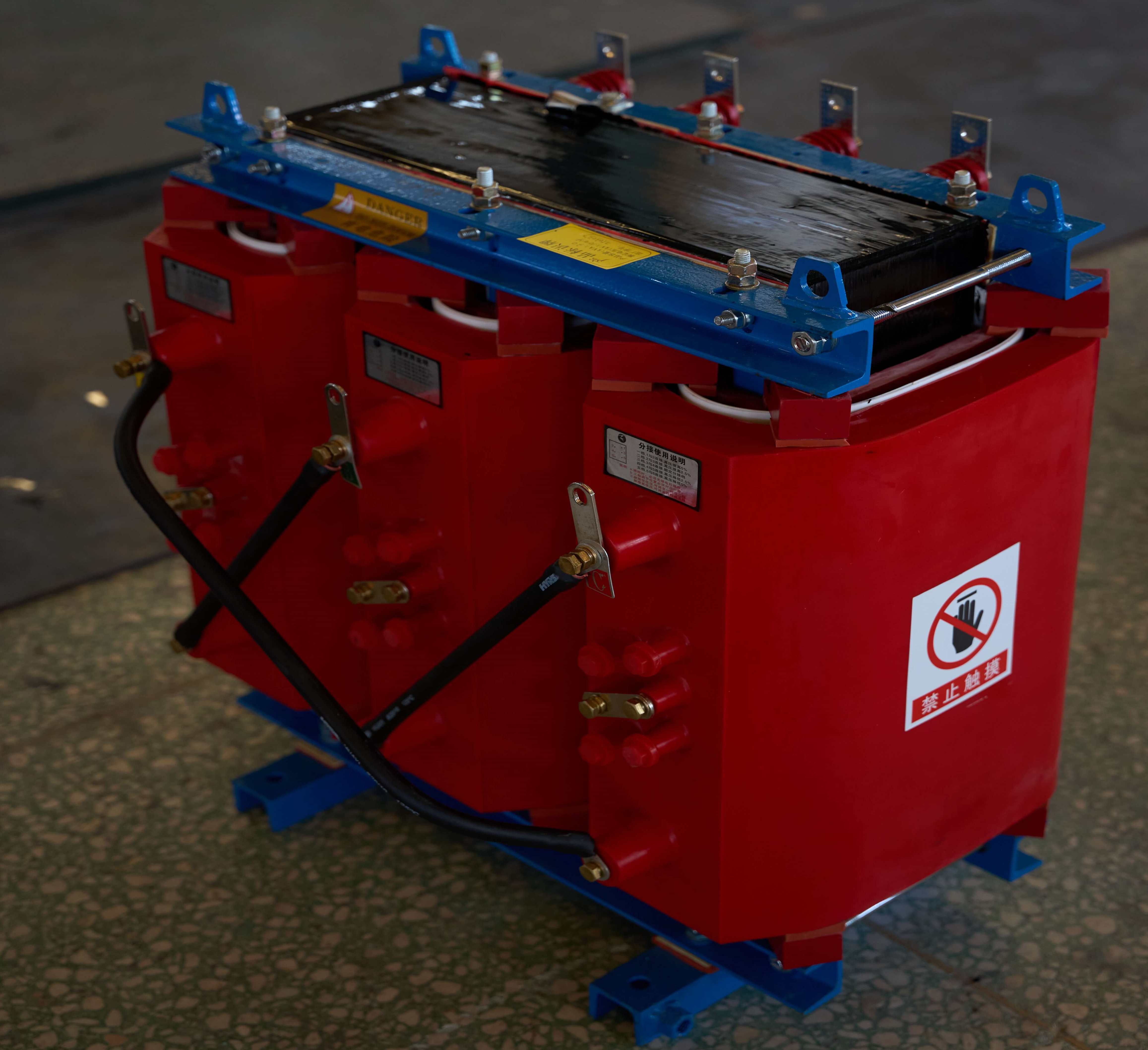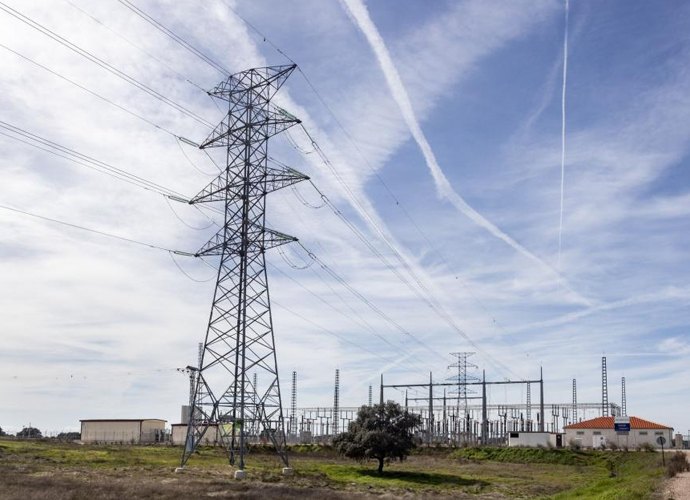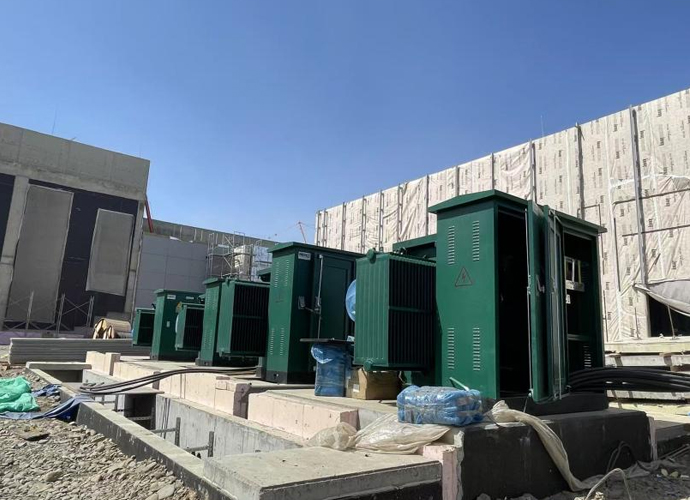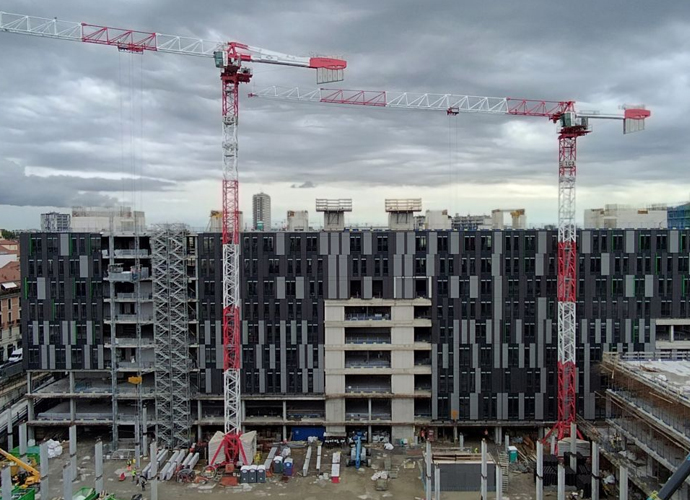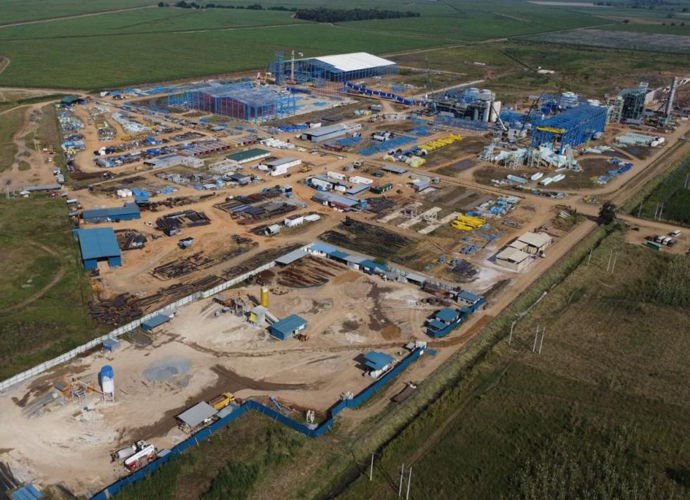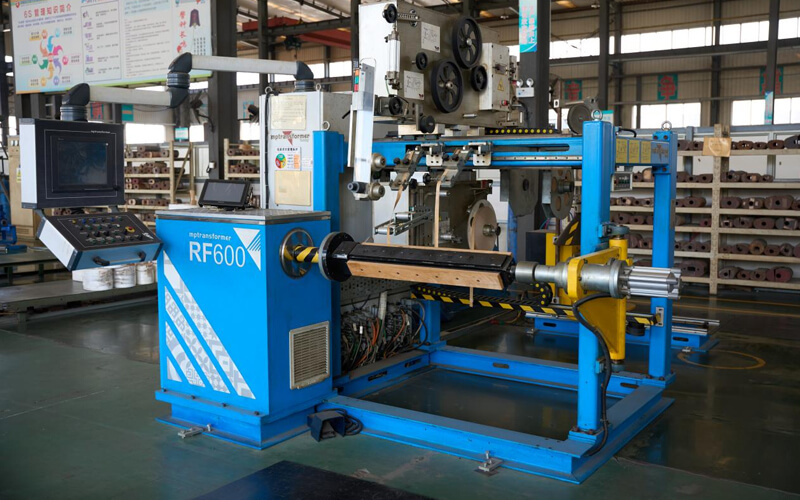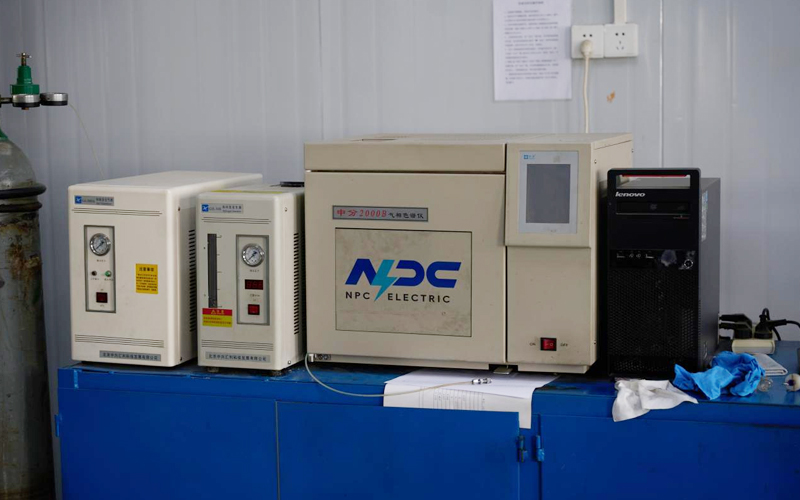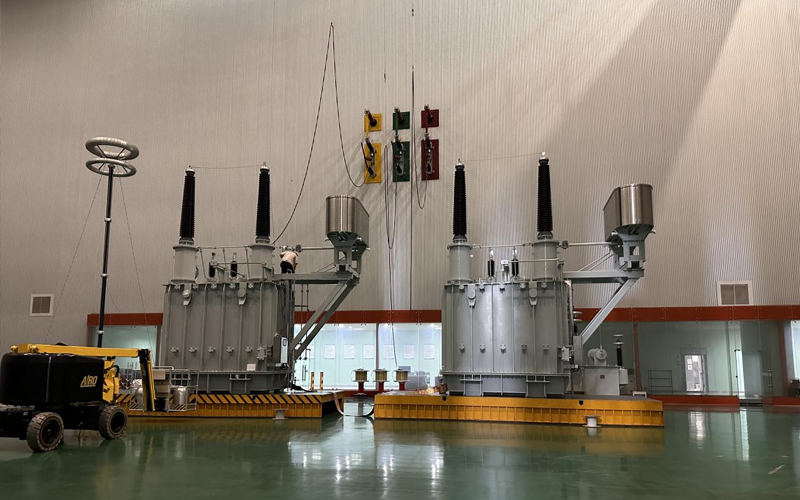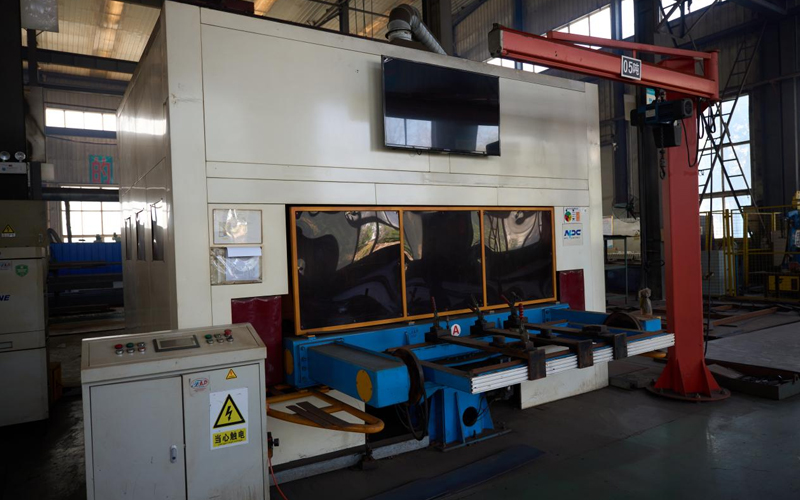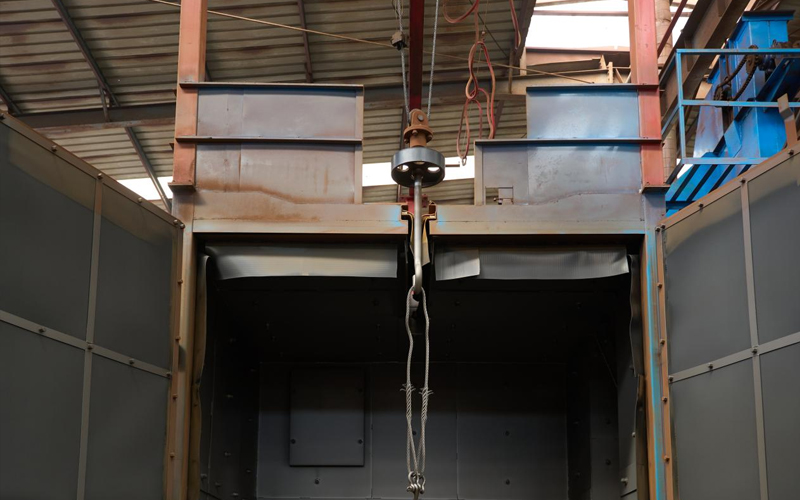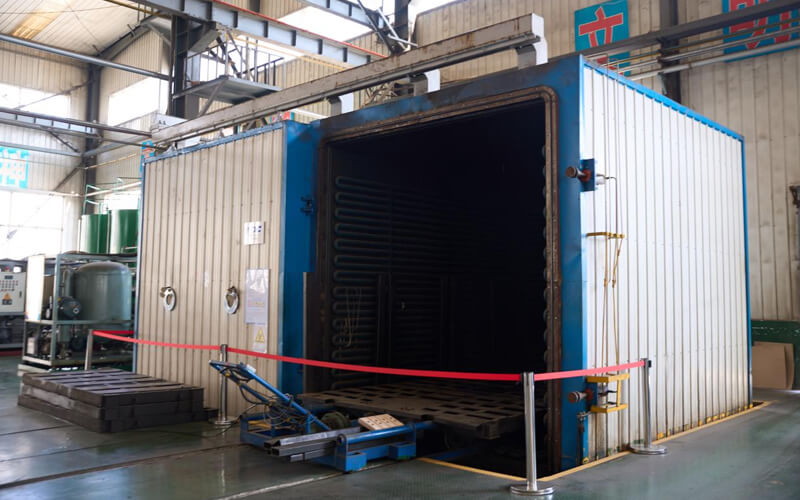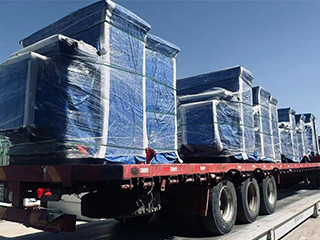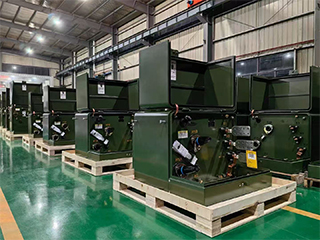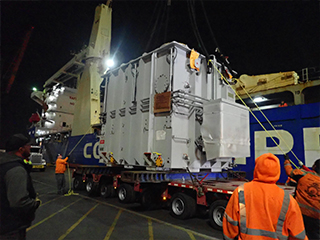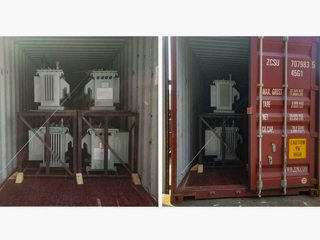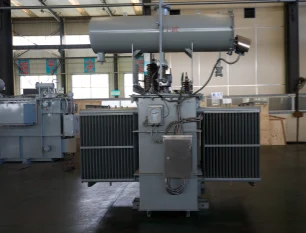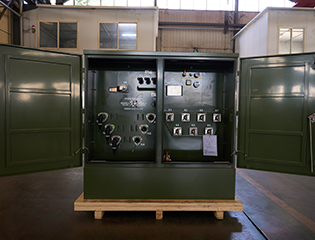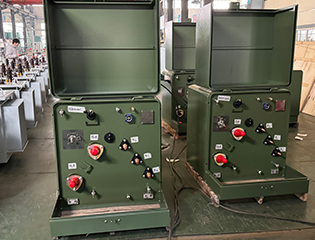5000kVA Dry Type Transformer
- Primary Voltage Ratings 34.5-19.92/13.8-7.957/13.2-7.62/12.47-7.2, 24.94, 26.25, 33 or others
- Secondary Voltage Ratings 480/277V,400/230V,380/220V or customized
- H.V. Tap Range ± 2×2.5% HV taps or others
- Type Dry type transformer
- BIL 30/95kV
- Standards IEEE, ANSI, NEMA,IEC,GB
- Application Industrial equipment power distribution, commercial buildings, residential power distribution, power systems
- Power Rating 5000kVA
- Certificate UL ,CESI
- Cooling Method OA/OF
- Opeartion Step Down & Step Up
Technical Specifications
| Technical Specifications | ||
| Rated Power | 5000 kVA | |
| Rating Primary Voltage | 2.4-34.5kV | |
| Secondary Voltage | 480/277V 400/230V 380/220V Customized |
|
| Frequency | 50/60Hz | |
| Vector Group | Dyn11,Yyn0,Dyn5 | |
| Winding Material | Aluminum/Copper | |
| Efficiency | As IEEE,Doe 2016,CAS Std or Customized | |
| Impedance Voltage | Nominal 2% or Customized 1.1-5.75% | |
| Altitude | ≤1,000m or Customized | |
| Enclosure material | 304 Stainless Steel | |
| Total Weight | 25000 kg | |
| Outline Dimensions(L×W×H)in. | 4800×2700×3200(mm) | |
| HV Bushing |
| LV Bushing |
| Tap changer connector |
| Lifting hook for complete transformer |
| Name plate |
Customization Optional
Packing and Shipping
The transformer is then carefully fastened inside the crate or frame to prevent any movement that could cause internal damage. To protect the transformer from environmental elements such as moisture, dust, and dirt, it is wrapped in weather-resistant plastic or shrink-wrapped. This protective layer ensures the transformer remains free from contaminants while in transit. The outer packaging is clearly labeled with vital shipping information, such as the model number, weight, handling instructions, and any relevant safety precautions, to facilitate proper handling and transportation throughout the shipping process.
For international shipments, all required shipping documentation is prepared and included, including customs clearance papers, inspection certificates, safety compliance documents, and other relevant paperwork to ensure smooth customs processing and regulatory compliance at the destination country. The transformer is handled using specialized lifting equipment, such as cranes or forklifts, to ensure it is loaded and unloaded without any risk of damage. Depending on the destination, the transformer is transported via road, sea, or rail, with the appropriate mode of transport selected based on factors like distance, urgency, and logistics.
Upon arrival at the destination, the transformer is carefully unloaded, and a final inspection is conducted to ensure that no damage occurred during shipping. Once it passes inspection, the transformer is ready for installation and commissioning. The comprehensive packing and shipping process ensures that the NPC Electric 5000kVA Dry-Type Transformer is securely delivered and ready for efficient, reliable operation upon installation, providing long-lasting performance in its intended application.
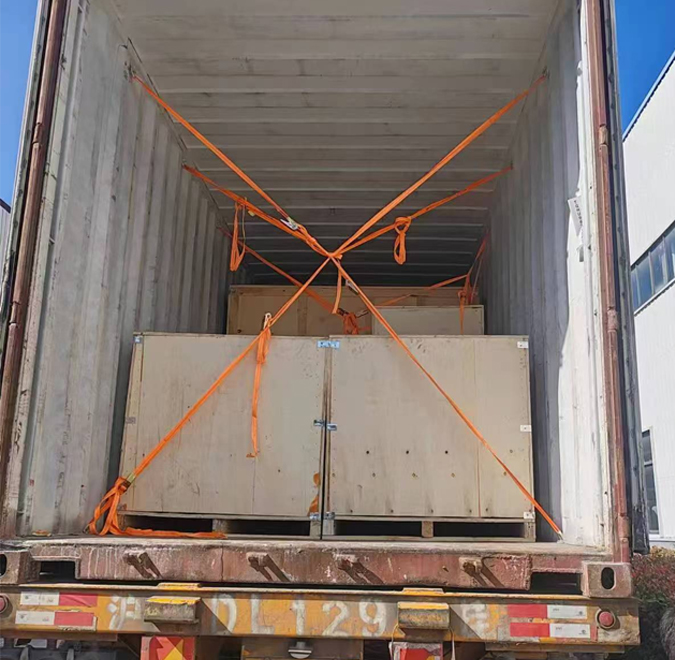
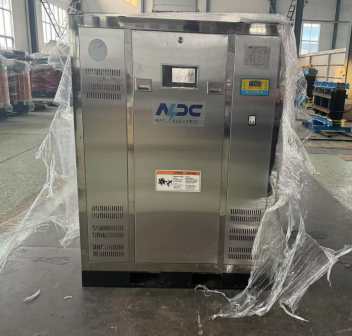
Manufacturer Test
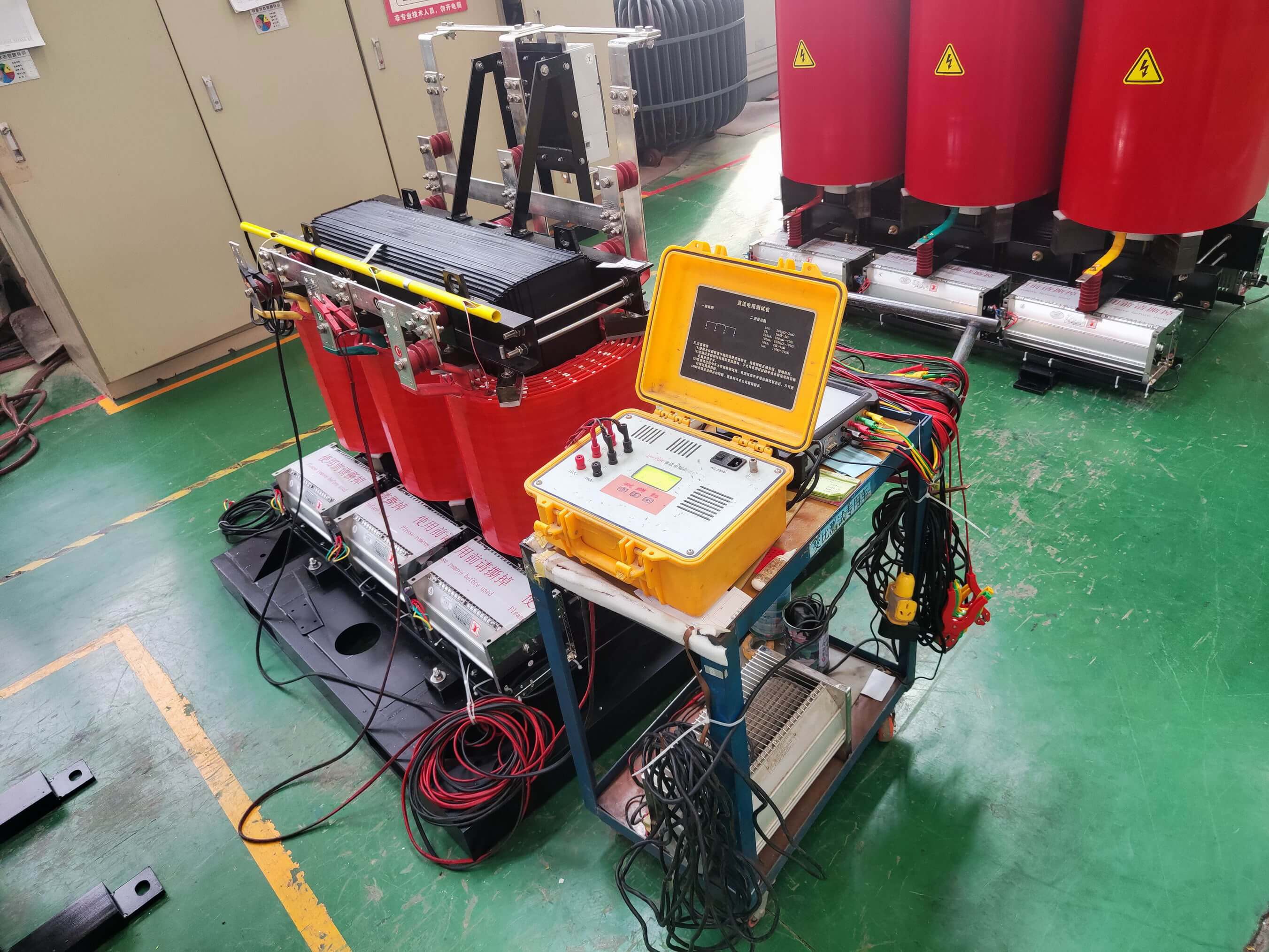
Progress Test
NPC Electric manufactures high-quality three-phase dry-type transformers under strict quality control protocols. The Progress Test for the NPC Electric 5000kVA Dry-Type Transformer is a thorough evaluation designed to ensure that the transformer meets all performance, safety, and reliability standards before it is approved for use. The process begins with an insulation resistance test, where the transformer undergoes high-voltage DC testing to verify the effectiveness of the insulation system. This test ensures that the insulation can handle electrical stress without breakdown or leakage, which is critical for the transformer's safe and efficient operation. The winding resistance test is then conducted to measure the resistance of the primary and secondary windings, checking for any issues such as short circuits or open windings that could compromise performance or safety.
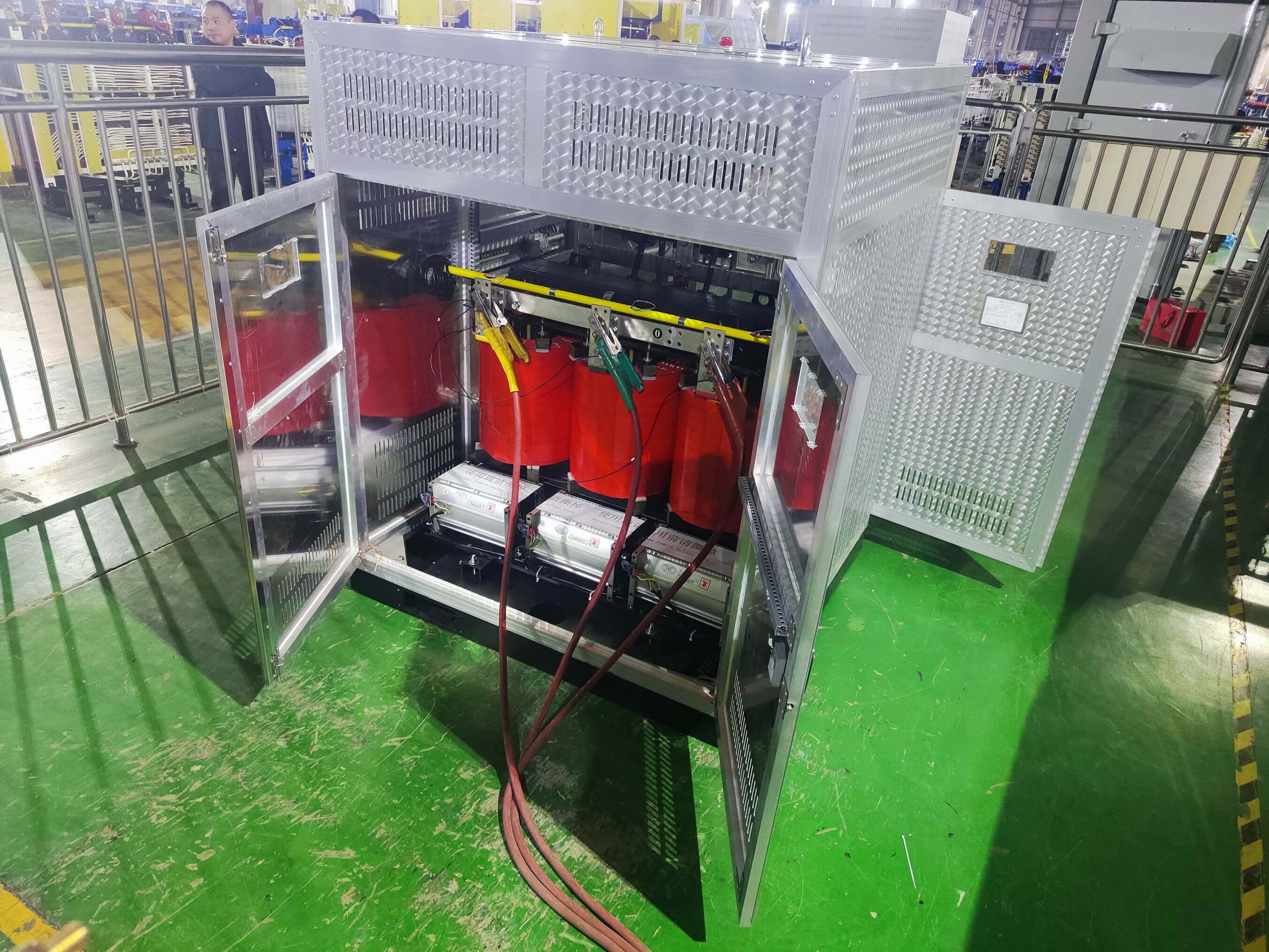
Design Tests
All transformer will be test after finished the production, test items as below:
♦ Insulation Power Factor
♦ Winding Resistance
♦ Impulse Tests
♦ On load Loss Test
♦ No Load Loss Test
♦ Leak Test
♦ DC Insulation Resistance Test
♦ Transformer Turns Ratio/TTR (All Tap Voltages)
♦ Impedance Voltage & Load Loss (Rated Voltage)
♦ Excitation & No-Load Loss (Rated Voltage)
♦ Applied Voltage
♦ Induced Voltage
♦ Lightning Impulse
♦ Insulation Resistance (Rated Voltage)
♦ Temperature Rise
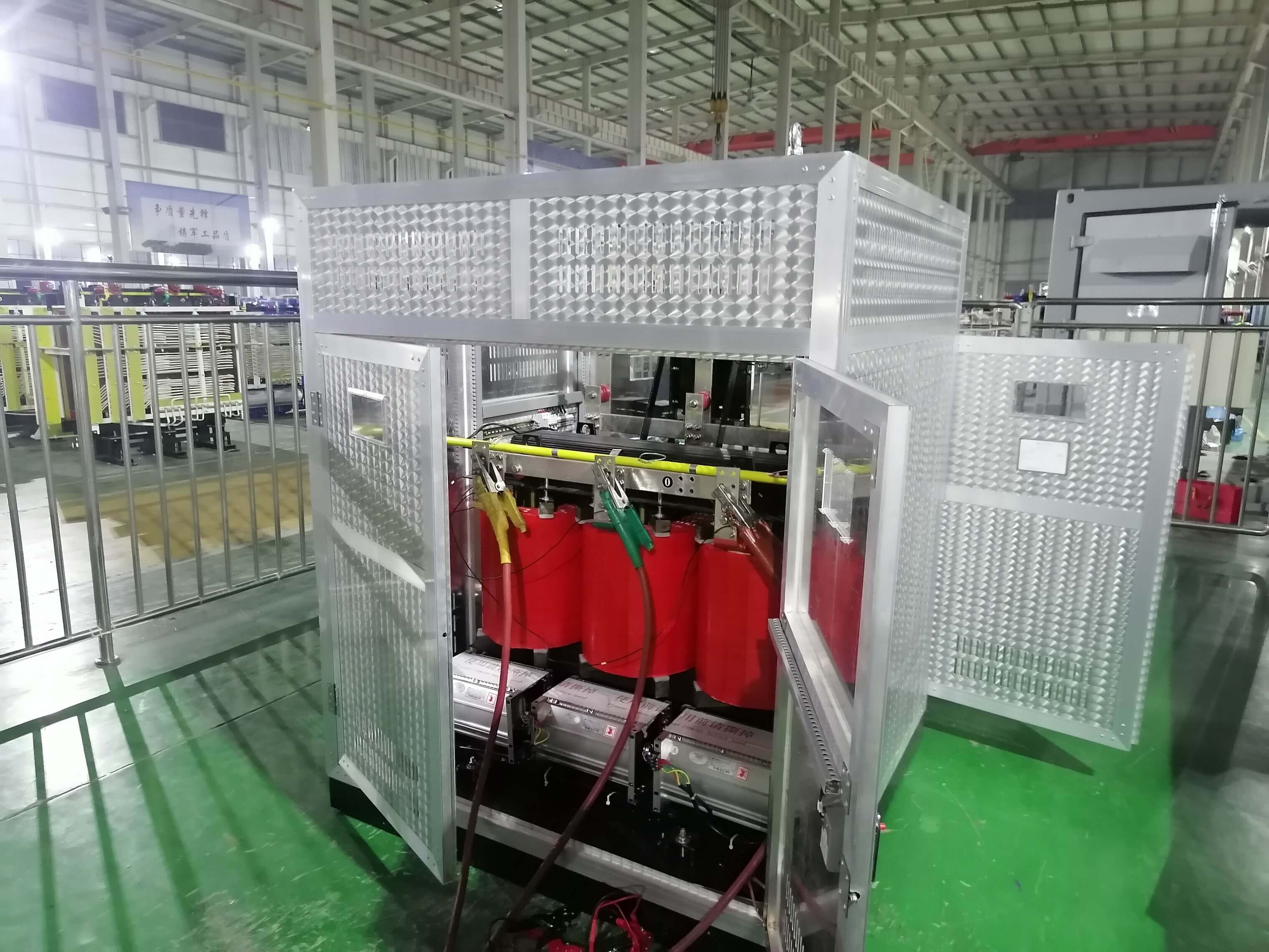
Transformer Factory Acceptance Test
NPC Electric conducts rigorous quality control testing on every transformer or representative samples, as well as on specific components and materials, to ensure compliance with design specifications throughout the production process.
The Factory Acceptance Test (FAT) for a 5000kVA three-phase dry-type transformer is a critical step performed before shipment to verify that the unit meets all applicable standards and delivers optimal performance. The FAT includes the following key procedures:
Visual Inspection: Evaluates the transformer’s physical condition, including the enclosure, terminals, and labeling, to ensure conformance with design and safety requirements.
Electrical Testing: Involves measuring winding resistance, insulation resistance, and performing turns ratio tests to validate electrical integrity and functionality.
Dielectric Strength Test: Applies high voltage across the insulation system to ensure it can endure both normal and transient operating voltages without failure.
Load Testing: Simulates real-world operating conditions to assess the transformer’s voltage regulation, temperature rise, and overall efficiency under load.
Protection Device Testing: Verifies the proper operation of integrated protective components such as thermal sensors, temperature relays, and tap changers (if applicable).
Routine Test - Temperature Rise
Heating source (e.g. electric heater, heater belt, or adjustable constant temperature heater, the specific power is selected according to the equipment requirements)
Temperature sensor (e.g. RTD sensor, thermocouple, to ensure accurate measurement)
Ensure that the connection terminals and wiring are firm to avoid looseness affecting the test results.
Test under suitable environmental conditions: relative humidity below 75%, no rain (recommended temperature: 20-30°C).
Connect the test instrument correctly to the electrical terminals and temperature measurement points of the device under test (such as windings, cores, oil temperature measurement elements, etc.).
Initial condition record:
Measure and record ambient temperature, humidity, and atmospheric pressure at the start of the test.
Make sure the device is cold at the start.
Temperature of each winding (by resistance method or temperature sensor)
Core temperature
Oil temperature (for oil-immersed equipment)
Current, voltage and power at the equipment end
Duration of load
Record changes in ambient temperature.
Class B insulation: ≤80°C temperature rise
Class F insulation: ≤100°C temperature rise)

Application
Technical Advantages
Product Packaging
Related Products
FAQ From Customers
-
What is a Transformer?A transformer is an electrical device used to change the voltage of alternating current (AC). It works on the principle of electromagnetic induction, converting high-voltage current into low-voltage current or low-voltage current into high-voltage current. Transformers are widely used in power transmission, distribution systems, and various electronic devices.
-
What are the main uses of a transformer?The main use of a transformer is voltage conversion. Transformers are used in power transmission systems to help transfer electricity from power plants to consumers. In addition, transformers are also used in electronic devices such as chargers, televisions, power adapters, etc., to adjust the voltage to meet the requirements of different devices.
-
Do you have UL listed?Yes, our transformer has UL listed. We have exported to America many pad mounted transformer,substation transformer and HV.

